Ausungate Circuit + Rainbow mountain sidetrip
On our friends Tim & Yvonne’s advice, we headed off to hike the Ausungate circuit. It’s a lesser known (though becoming more so) hike, around the Ausungate massif, a few hours from Cuzco. It’s at altitude, most of the way you’re at ~4,500m, the passes are at 5,000 – 5,200m. We were fairly acclimatised from being in Bolivia but still found it hard going for the first few days.
We went to the excellent South American Explorers club in Cuzco for information. There, the very helpful Matt gave us lots of information and we were able to buy a 1:100,000 map there. Not really enough to navigate off, but useful all the same. We also booked a guide for the first couple of days. That was an interesting process. The guides expect to cook with you so you’re expected to provide their food (all very nice and communal). Maaike and I only have a couple of pots and an MSR so we weren’t really setup for that. We negotiated just for the guide and horses. All we really wanted was a horse to take our bags for the first couple of days to altitude.
When we arrived to Tinke (get the bus from here), and found Crispin, there were 5 other French people there. Whether there was misscommunication or what I’m not sure, but the (lovely) French group had taken up a fully guided trip and so the horses were taking their bags. In the event we all made it work, and I’m honestly not sure if there’d been miscommunication so that Crispin thought we just wanted the guiding services and not the bags. Crispin himself is a very experienced guide, and I’d be quite happy to recommend him.
Day 1
Up to Upis (4,400m), took about 4 hours from Tinke. Remember, you’re coming from Cuzco(3,400m) so it really is a height change. Tim mentioned that their rule of thumb for height gain is 300-500m per day, however, that is probably at more of a base than just 3,400m. Anyway, suffice to say, you’ll feel the altitude and we were damn glad we had a horse taking our bags for the first couple of days.
There are natural hotsprings at Upis, and they’ve constructed some basic baths there… perfect for a nice soak after the walk up – thanks to Thomas Jaubert for the picture :)
Day 2
On to Laguna Puma Ccocha. I opted to carry my rucksack, partly because I’d understood that it was necessary as Crispin had picked up tents etc. at Upis, and partly to test to see how hard I would find it. Actually turned out to be OK really. Mixed overcast weather. It should have been OK this time of year, but I think the odd weather is due to El Niño? It was still a very scenic day, it just would have been nicer with sunshine. Well, nicer for pictures, but it makes the hiking harder if you’re dying under a hot sun. It was about 6 hours walk. (Campsite: S13.81687° W71.26810°)
Day 3
Originally we had thought that Crispin would just point us in the direction of the fabled “Rainbow mountain”, but the French were going there too, so we ended up having a guided tour and not needing the GPS track to Rainbow Mountain. It was a heck of a day though, up at 4am. Lashing rain, back to bed until 6. Up, everything covered in a thin layer of snow, but no longer raining. Then up to 5,000m straight from the campsite, then down into a valley, then up again to 5,100 ish where we saw a view to the rainbow mountain.
It would have been another 2-3 hours return. Maaike and I could have done it, as we were staying at our campsite at Puma Ccocha, but the French were heading back to Tinke. That said, I think we were all happy to just have a view and go, as we were knackered! Honestly, the rainbow mountain was a little bit of a disappointment on the cloudy day, the walk there was just as stunning in its own way. Perhaps with sun it would have been different. Check out Eric Hanson’s pictures here.
By the time we got back, most of the snow had melted away. Then the French friends left, and we were all alone in our little tent.

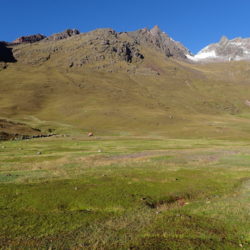
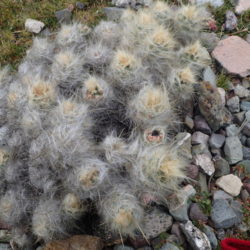
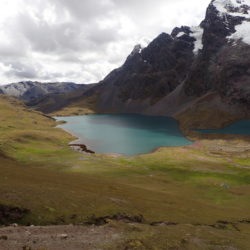
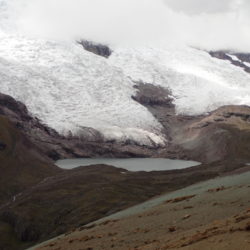
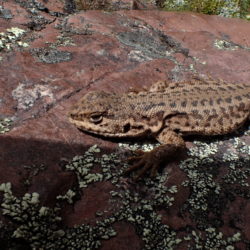
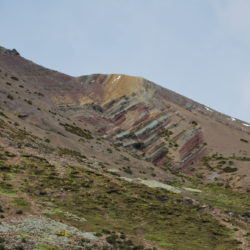
Day 4
Stunning day, sun for most of it. Up at 6am as per usual and walking for 8 hours ish.
We’d been looking for a campsite for a while, but ended up just picking a beautiful looking spot (S13.81902° W71.18520°). As it turned out, there was some quite spiky grass there which was quite happy to go through the groundsheet. Ended up putting down our packliners as added protection.
Seemed to work, the thermarests didn’t deflate.. Good timing on dinner, just finished before the heavens opened.
Day 5
To Pacchanta (S13.71824° W71.24246°). Longest distance today, 22km or so, but once you were up to the pass (Campa) it was pretty much downhill all the way. We did lose the track at a couple of points. It’s misleading as there were lots of tracks, some very well formed, so we assumed we were on the right path. We weren’t worried as the terrain isn’t difficult (just high) and we did have the GPS, still, if you’re relying on map+compass, make sure your navigation skills are decent (ours are decent, if a little rusty).
As you can see from this picture below, officially off track, but quite definitely on a decent track (which did end up going where we wanted it to).
There is a wikiloc GPS track of the Ausungate circuit. I dunno, having a GPS makes it pretty straightforward. The track is mostly obvious, but there are lots of places where there are multiple options so it is easy enough to go wrong too.
Anyway, long enough day. Great hotsprings at Pacchanta – way nicer than Upis. Maaike gave in and let us get a hostel rather than camping for the last night. Even had a beer.
Day 6
Just a few hours walk out to Tinke and then the bus home again. All in all a good walk, not technical really but hard work because of the altitude.
p.s. this is being published on a Wi-Fi enabled bus in Colombia. Nuts eh?
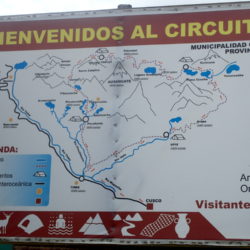
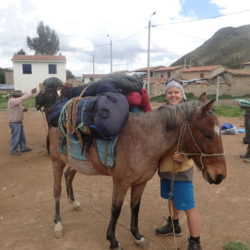
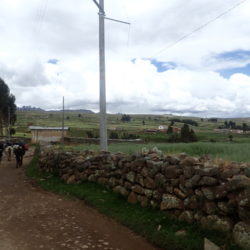
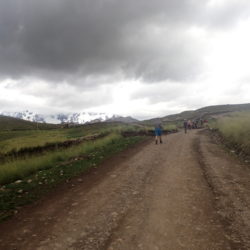
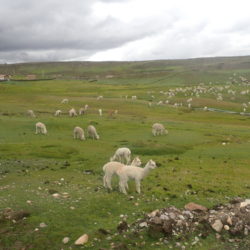
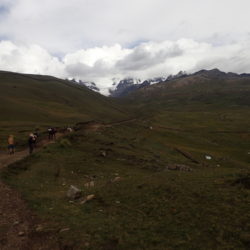
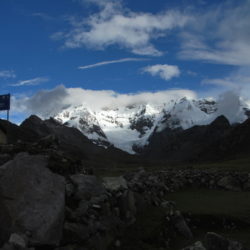
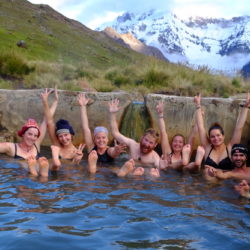
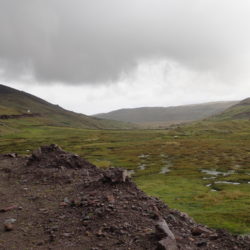
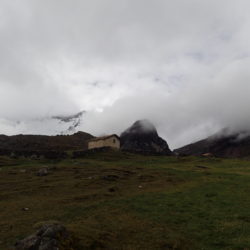
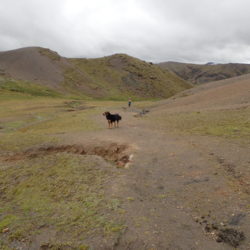
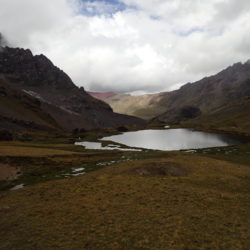
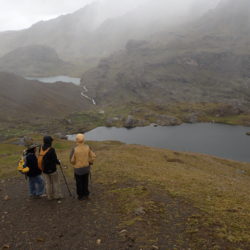
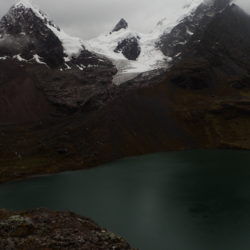

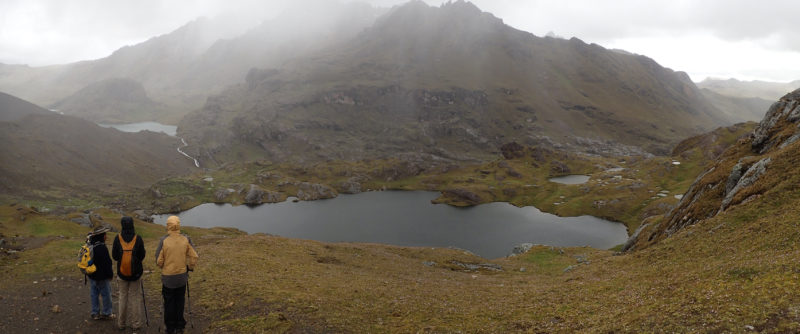
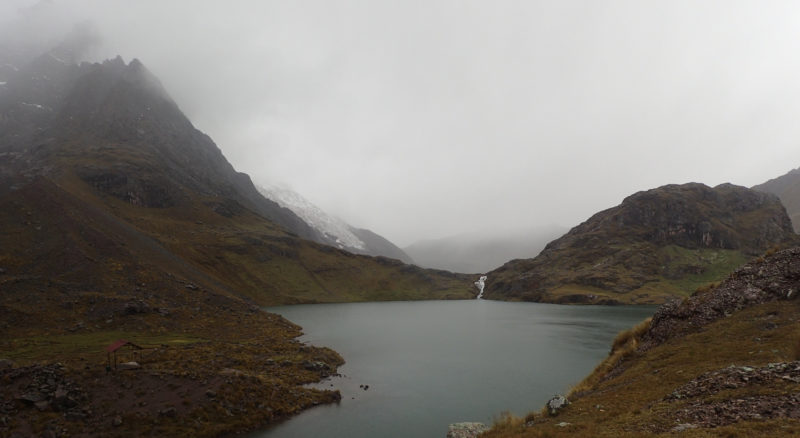

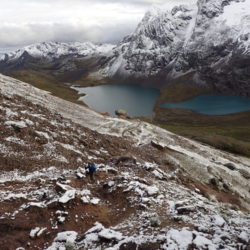
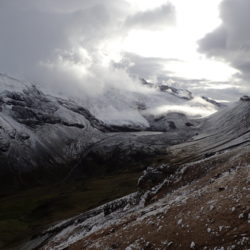
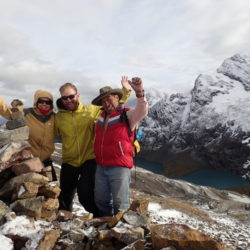
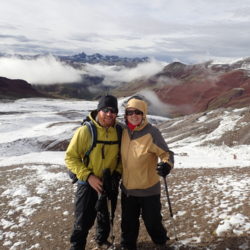
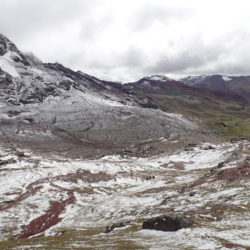
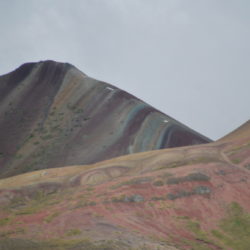
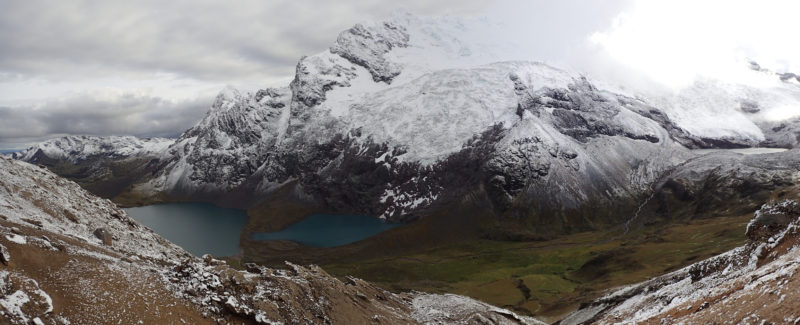
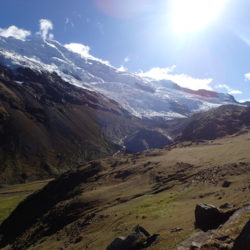
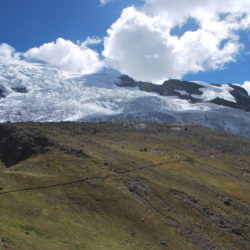
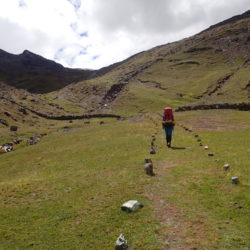
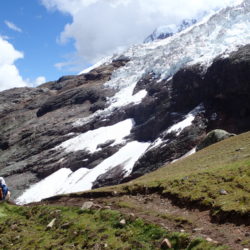
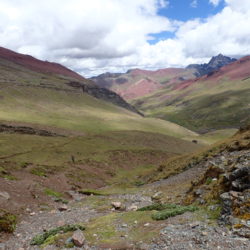
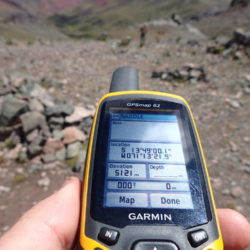
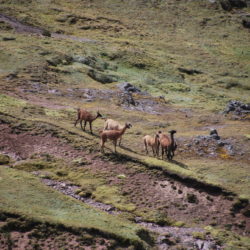
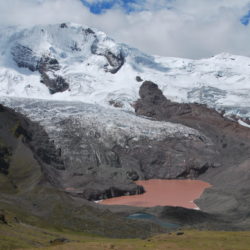
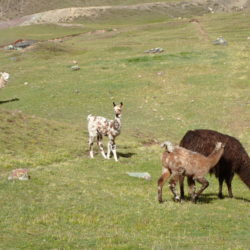
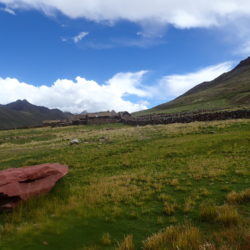
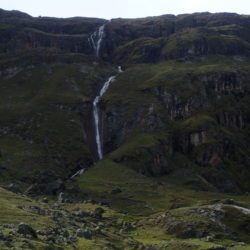




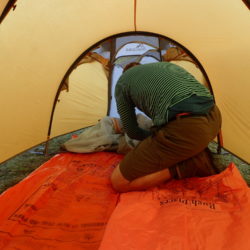
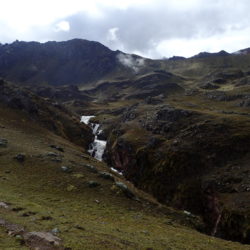
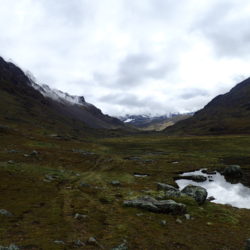
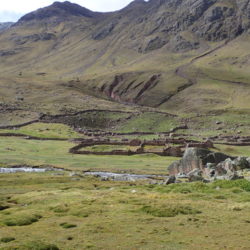
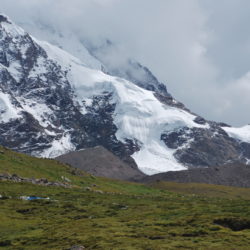
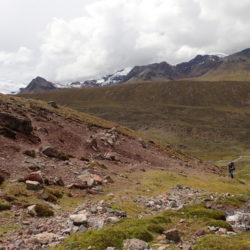
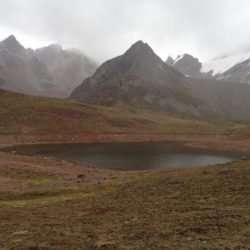
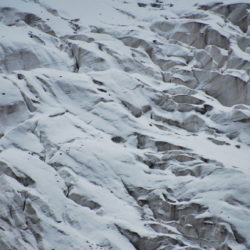
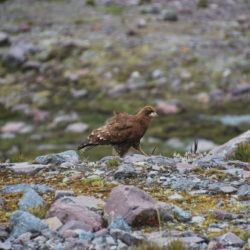
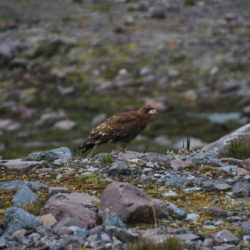
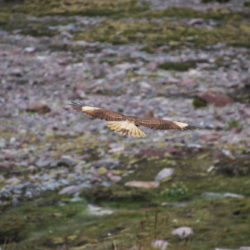
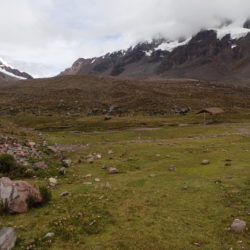
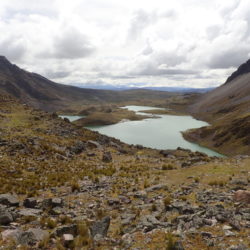
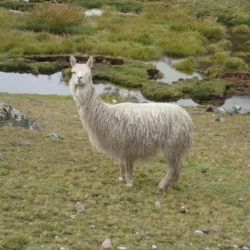



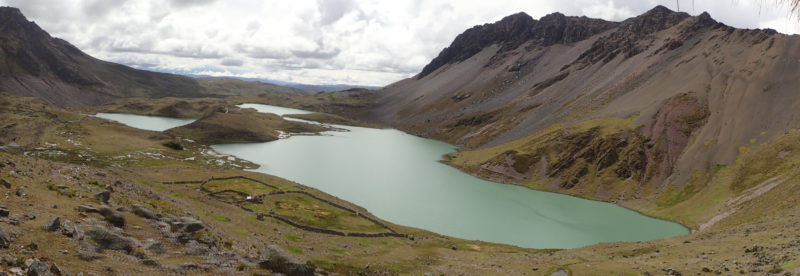
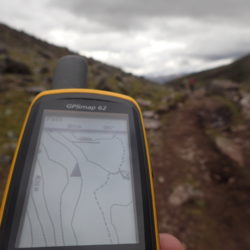
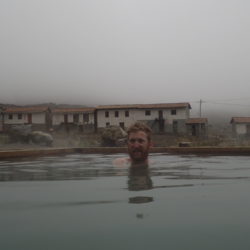
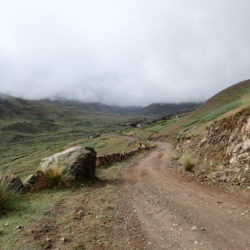
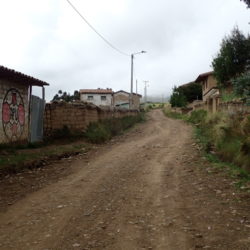
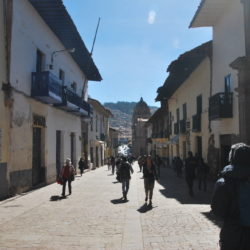
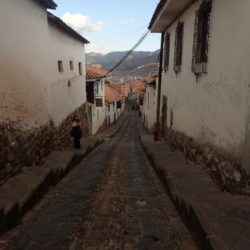
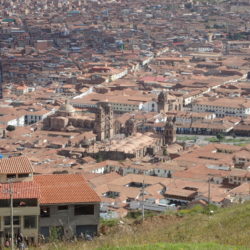
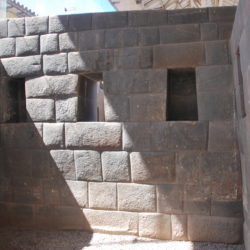
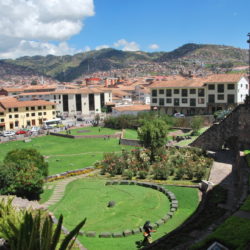
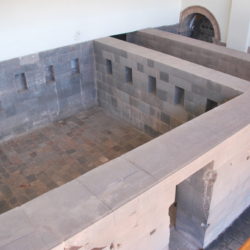
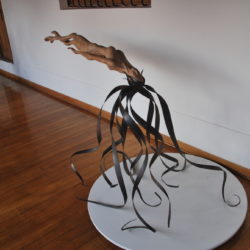
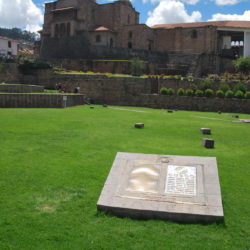
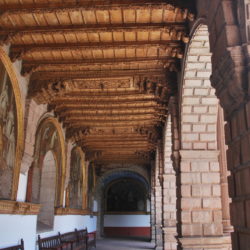
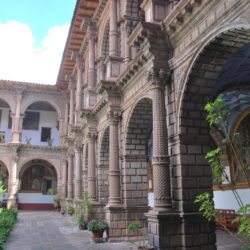
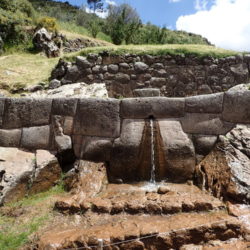
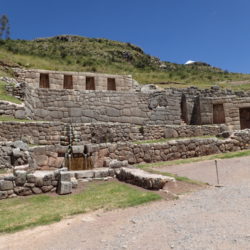
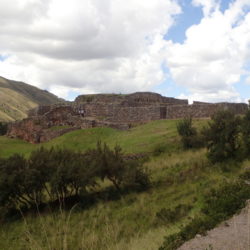
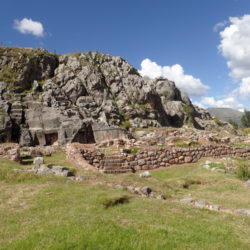
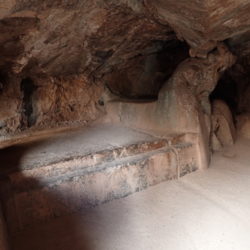
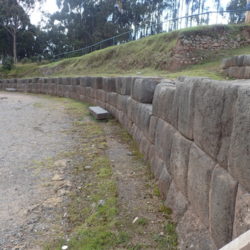
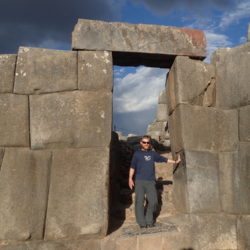
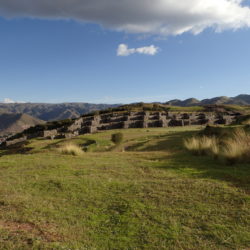
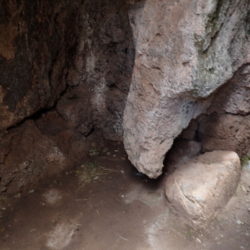
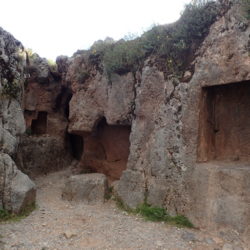
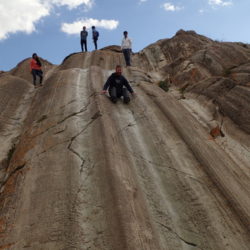
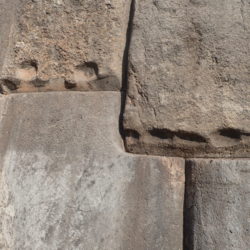
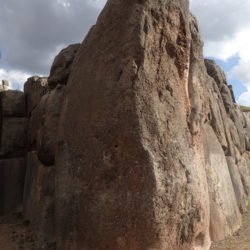
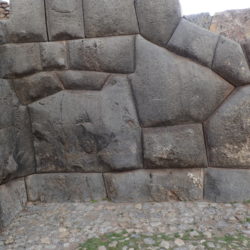
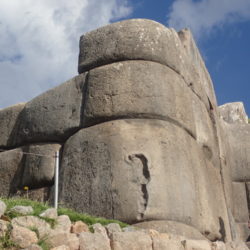
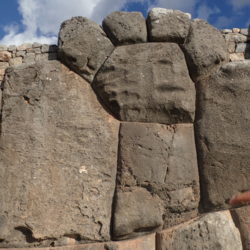
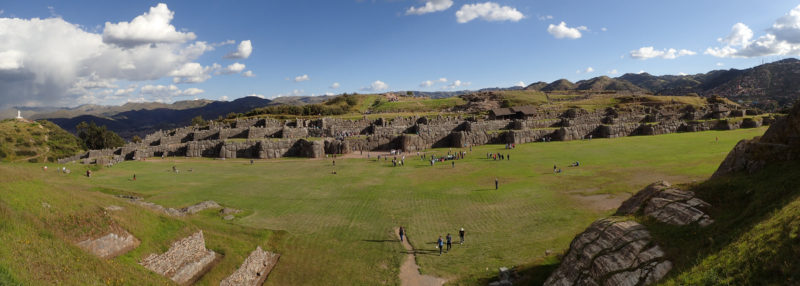

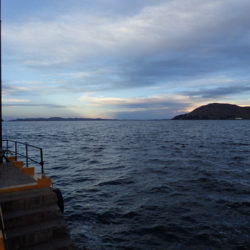
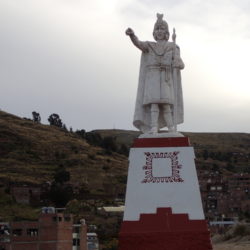
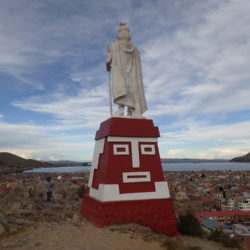
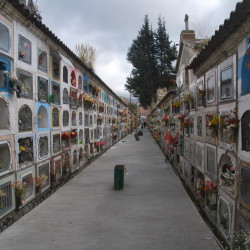
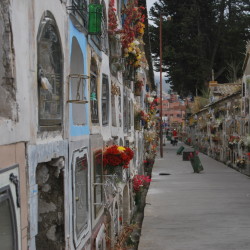

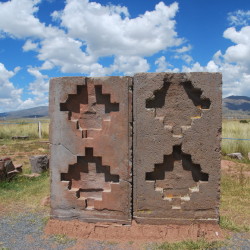
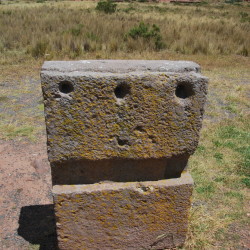
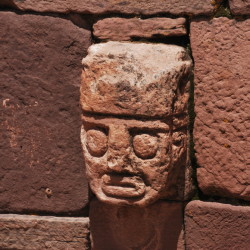

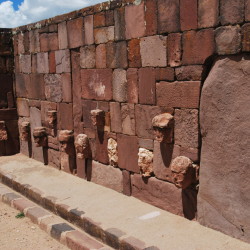
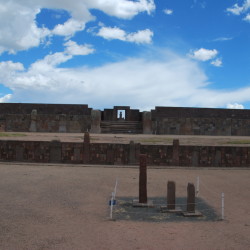
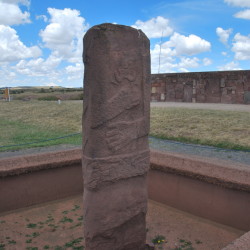
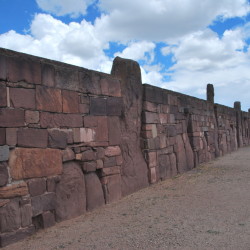
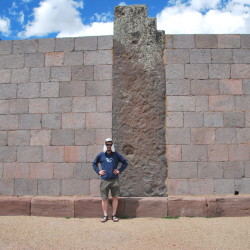
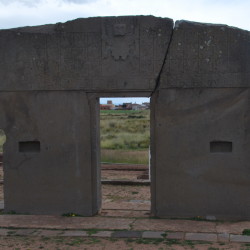
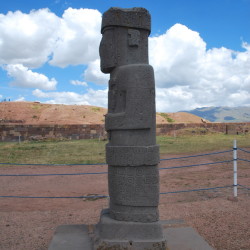
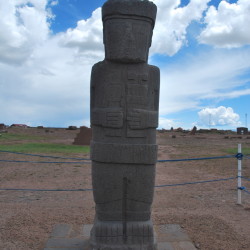
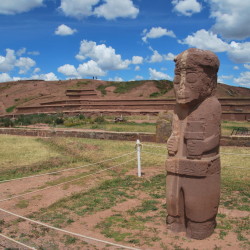
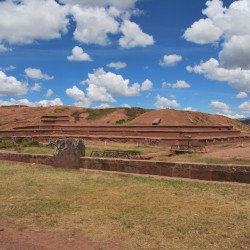
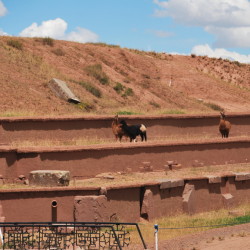
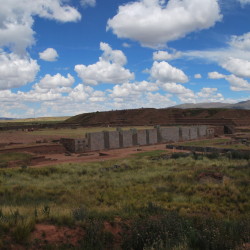
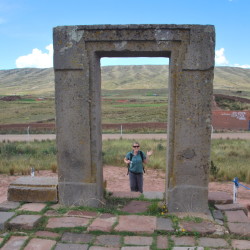
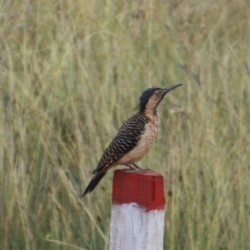
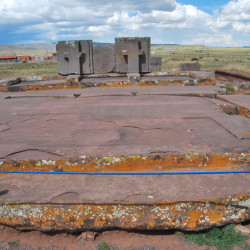
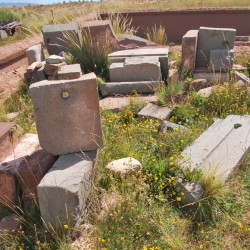
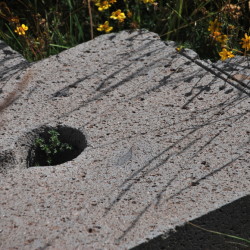
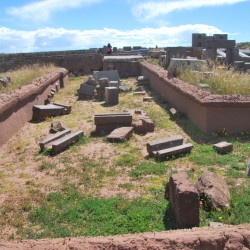
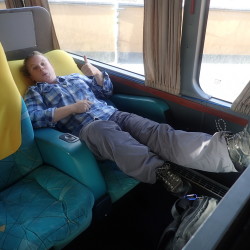
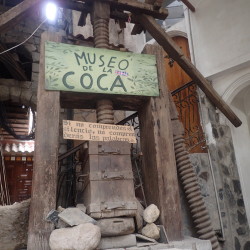
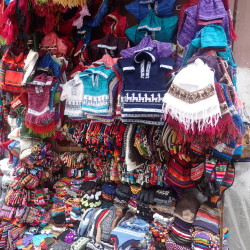
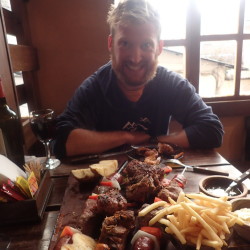
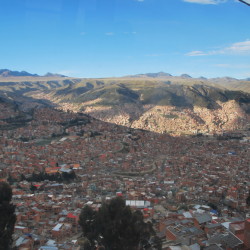
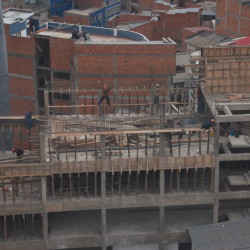
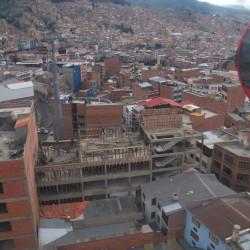
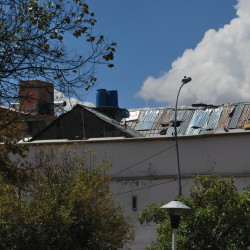
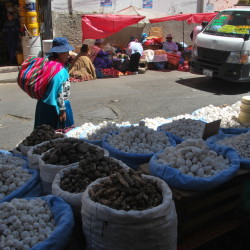
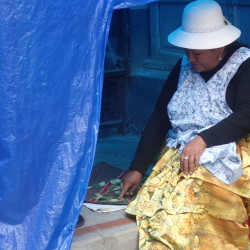
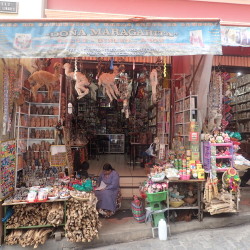
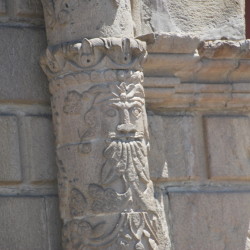
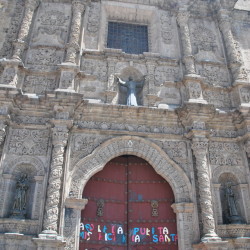
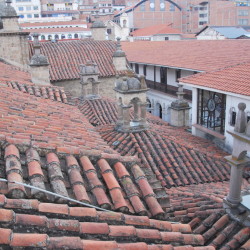
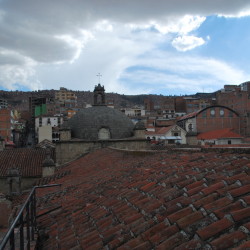
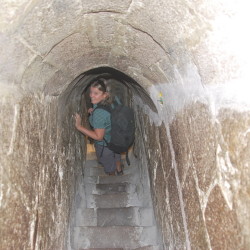
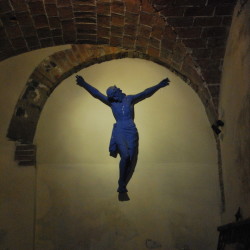
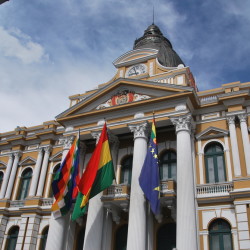
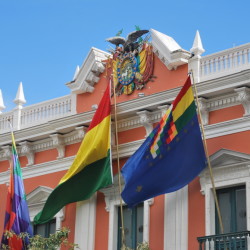
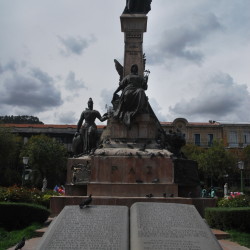
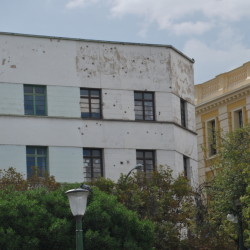
Recent Comments